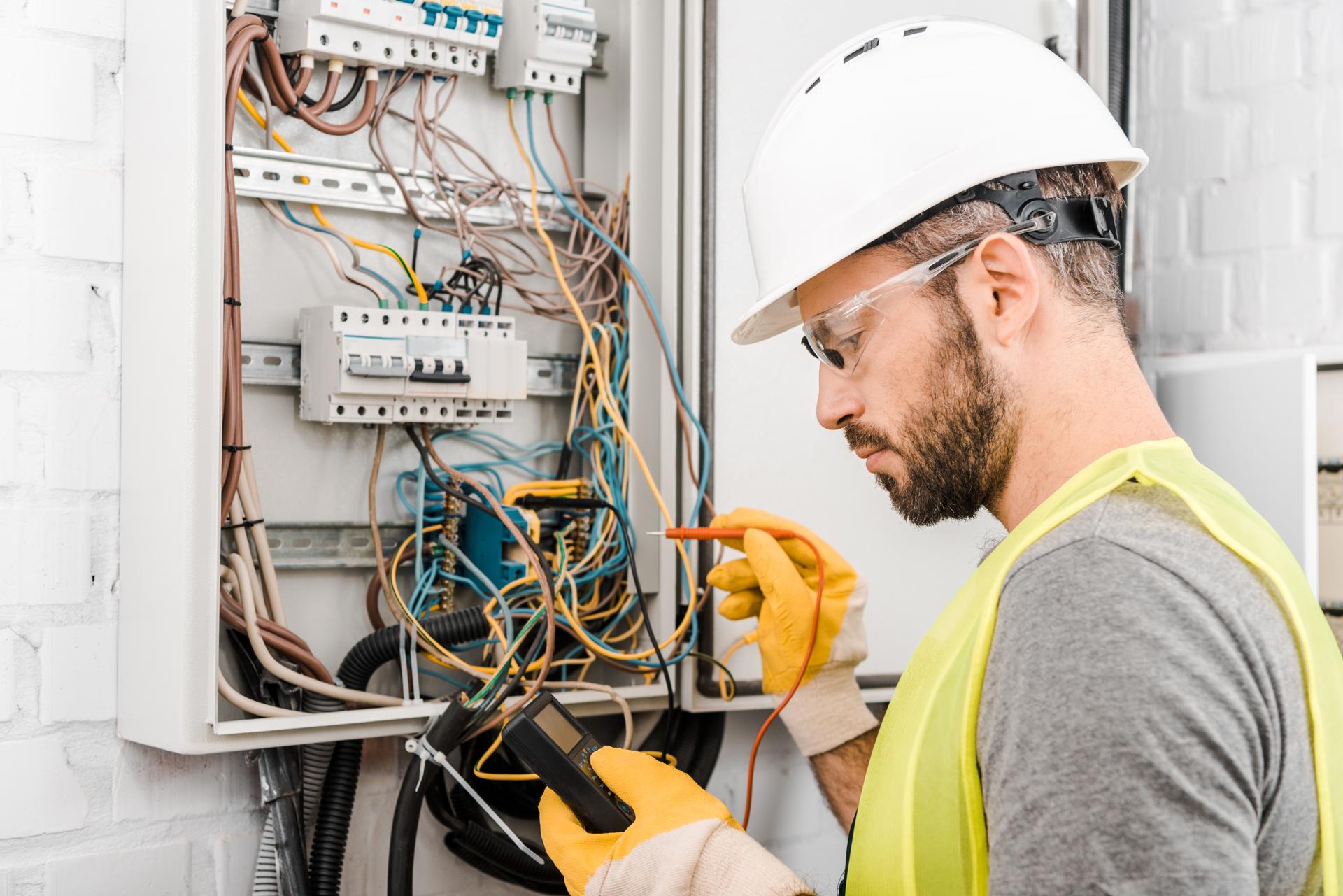A Beginner's Guide to Comprehending Electrical Wiring in Your Home

Electricity is a vital part of our life, powering everything from the lighting in our houses to gadgets we use every day. However, electrical systems can be complicated, and understanding how they function isn’t easy. In this article we’ll breakdown the various components that make up an electric system and show how circuits operate to power devices and appliances. Our residential electricians can handle any electrical jobs you need.
Components of an Electrical System
A home’s electrical system includes a number of key components that work together to provide power throughout the home. These include:
Breaker box: the central source of electrical energy in a house in which the power is divided into different circuits
Switches and outlets: the points where electricity is delivered to appliances and devices
Wiring: the electrical wires that transport power from the breaker box, to the outlets and switches
Electric appliances, devices and equipment: appliances and devices that require electricity to function
Electrical Circuits
A circuit of electricity is a pathway which allows electricity to flow from the source (the the breaker box) to the appliances and devices in the home. There are two types of electrical circuits in homes which are 120-volt circuits and 240-volt circuits. 120-volt circuits are used for the majority of household appliances and appliances, whereas the 240-volt circuits are designed to power larger appliances, such as air conditioners and electric dryers.
Electrical circuits work by creating an electrical loop that allows power to be transferred from the source to the device or appliance. The loop is comprised of a hot wire that transports the power, a neutral wire that completes the circuit and the ground wire which provides a path for the electricity to get to the ground in case the fault occurs.
Understanding the electrical Wiring
Electrical wiring is available in many different kinds, including non-metallic sheathed wire (NM), armored cable (AC) and conduit. Each kind comes with its own pros and disadvantages and the selection of the type of wiring is based on the specific requirements of the installation.
Electricity travels through wiring by creating a flow of electrons that travel through the wire. Electrons move through the wire from source, to device or appliance, and back to the source via the neutral wire. It is crucial to make sure that the wiring is put in place and maintained properly, since improper wiring can cause electrical hazards like shocks and fires.
Common Electrical Issues
The most frequent electrical problems found that homeowners face include tripping the light bulbs, flickering breakers and disconnected outlets. These issues can be caused by a variety of factors such as overloading circuits loose connections, and faulty wiring.
If you experience any of these issues, it’s crucial to pinpoint the root cause and take steps to correct the issue. In certain instances, this may involve contacting a licensed electrician to examine and fix the wiring.
Final Conclusion, and Call to Action
In conclusion, understanding how electrical wiring works is crucial for ensuring the security and reliability of the electrical system in your home. If you follow the rules laid out in this document to stay secure and avoid potential dangers.
Should you ever have concerns or questions regarding the electrical system in your home Don’t hesitate to reach out to Local Electrician Adelaide. Our electricians are licensed and have the knowledge and expertise to handle all your electrical needs. Contact us at 0488 822 774 to schedule a appointment.
FAQ
What are the indicators of an electrical wiring issue?
Signs of defective electrical wiring may include tripping breakers flickering lights, and dead outlets, among others.
When should I have my home’s electrical system inspected?
It is recommended to get your home’s electrical system checked by a licensed electrician at least every 10 years.
What is the life expectancy for electrical wires?
The life expectancy of electrical wiring depends on several factors, including the type of wiring, the environment it’s installed in, and the standard of the installation. In general, most electrical wiring can last as long as 30 years or more if it’s installed with the proper installation and maintenance.
Do I have the ability to fix electrical issues by myself or should I employ an electrician?
While some electrical issues can be fixed by homeowners, it’s recommended that you hire an experienced electrician for most electrical repairs. Attempting to fix electrical problems with no proper training or knowledge can be risky and may cause injury or damage the property.
What should I do if I experience an electrical emergency in my home?
If you encounter an electrical issue first thing to do is to turn off the power to the area affected by turning off the breaker or the fuse. After that, you should contact a licensed electrician to examine and fix the problem as quickly as possible.
By following these rules by following these guidelines, you can ensure the safety and reliability of your electrical system in your home and reduce possible dangers. Be aware that when you need repairs to your electrical system and installations, it’s best to leave it to the experts. Call Local Electrician Adelaide at 0488 822 774 for all your electrical needs.
